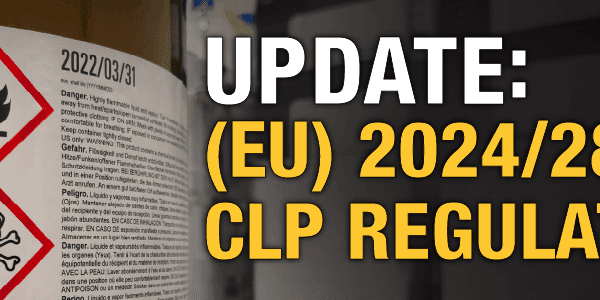The Alberta government has issued Industrial Railway Circular No. 1 (Guideline for the Transfer of Dangerous Goods to or from a Railway Vehicle).
Although only a 7 page document, there are 11 sections:
- General
- Exceptions
- Notification/site selection
- Primary selection criteria
- Additional selection criteria
- Approvals
- Inspections
- Training
- Documentation
- Notification
- Regulatory requirements
The guideline falls under the Railway (Alberta) Act and applies to companies that intend to transfer dangerous goods to or from a railway vehicle. This circular does not apply to Class 1 Explosives. These must be handled under the Federal Handling of Carloads of Explosives on Railway Trackage Regulations.
Railways that intend to construct or connect railway track to a service provider or construct railway works must have approval from the provincial government. Site selection is done in accordance with sections 4 and 5, and if the criteria cannot be met, the application may still be considered if an equivalent level of safety can be demonstrated.
The guideline suggests a dangerous goods transfer track/rack should meet minimum distances from residences, commercial establishments, schools, hospitals, recreation centres, etc..
|
Dangerous Goods Class |
Distance |
| 2.1 |
100 m |
| 2.2 |
50 m |
| 2.3 |
250 m |
| 2.3 |
450 m |
| 3 excluding inhalation hazard materials |
50 m |
| 4.1 molten sulphur |
100 m |
| 5.1 excluding inhalation hazard materials |
50 m |
| 6.1 excluding inhalation hazard materials |
100 m |
| 8 |
100 m |
| 9 |
50 m |
In addition, the site shall not be located next to busy highways, under a bridge or overpass, next to transformers, power lines, sources of ignition, etc.. The site shall be located so that emergency responders can access it as well as be near an emergency water source.
A company that intends to transfer dangerous goods from or to a railway vehicle must have operating approval from the Alberta Transportation Railway Administrator.
A competent person who is trained in the Transportation of Dangerous Goods Regulations and is familiar with this Circular and the Industrial Railway Regulations must make periodic inspections looking for leaks, and if found, knows who to notify. Written records of all inspections must be kept for two (2) years after the rail cars have been released from holding.
A person who will be loading, unloading or transferring dangerous goods must be trained in the Industrial Railway Employee Qualification Standards. This person must also have a working knowledge of tank cars, fittings, products being transferred, and placarding requirements. This person must ensure that the correct documentation is provided to the carrier. In the event of an emergency involving dangerous goods, the person must provide emergency response information.
In the event of an incident or leakage of dangerous goods, CANUTEC, the local RCMP and the Alberta Transportation Coordination and Information Centre (1.800.272.9600) must be notified.
Regulatory requirements for loading of dangerous goods include:
- ensuring all fittings and safeties are in proper condition
- bottom discharge outlets must have caps and plugs removed
- tank cars with heater coils must have inlet and outlet caps removed
- sufficient ullage must be in the tank car
Regulatory requirements for loading or unloading of dangerous goods include:
- dangerous goods that have a primary or subsidiary class of 2.1, 3, 4 or 5 must be grounded/bonded to prevent exposure to ignition sources or static electricity
- hand brakes applied, 1 set of wheels blocked/chocked in both directions
- track protection using locked switches or derails
- use of caution signs set at either end of the track
- keeping the immediate area free of combustible and other non-compatible materials
- monitoring the railway vehicle
For more information, contact [email protected].






 ICC USA
ICC USA ICC Canada
ICC Canada